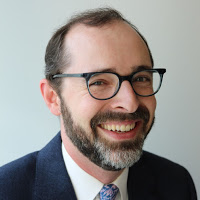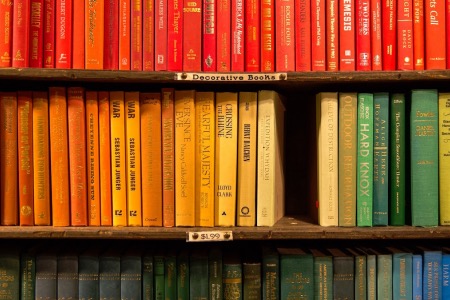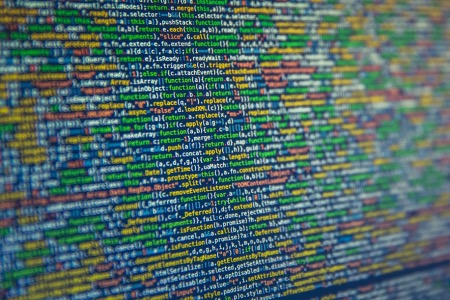Play/back: The Challenge to Select in Audio Archives
The National Endowment for the Humanities sponsored “Play/back,” a symposium on audiovisual preservation, on September 30, 2016. As one of the planners of the event, I moderated a panel of archivists and scholars who talked about audio and moving image collections. Below is a lightly edited version of my introduction to the panel.

Let me begin by telling you a bit more about the spirit and ideas that shaped this symposium. We are all here because we care about addressing the many hurdles remain in our race to steward and ensure meaningful access to audiovisual cultural heritage resources. I’m sure many of you are familiar with some of the major challenges: Many reports from the cultural heritage sector have focused attention on the physical degradation of legacy audio and moving image recordings; much playback equipment may be nearing the end of usable life and replacement parts are difficult to come by; and needs remain to convey the knowledge and skills and educate new professionals in transferring legacy media. The large amount of recorded material on at-risk analog formats, and the growing amounts created and preserved digitally, may exceed the resources available to manage this content for the long term, which suggests that we face pressing issues about selecting content to be preserved; these choices will carry critical consequences for the cultural heritage community.
The challenge of preserving audiovisual materials is complex. In some ways the problem is akin to the “Brittle Books” crisis, to which NEH provided a major response in the 1990s. Many items are in unknown condition and are scattered among institutions. Some are held by public and private institutions, others by individual collectors. The combination of physical degradation and the absence of playback equipment has led some to declare that these materials must be reformatted in the near future, perhaps within a 10 to 15 year time horizon, or risk being permanently lost. In the 1990s, as the preservation community feared the loss of millions of volumes to the “slow fire” of acidic paper, Patricia Battin, recipient of a 1999 Humanities Medal, suggested that humanists and others have an “obligation” to lend their voices to the conversation, particularly to inform the “difficult choices” around selection for preservation, rather than leaving the issue to benign neglect or survival of the fittest. Such issues were among those that motivated NEH to sponsor this symposium.
But our hope in the event was to look into meaningful actions that we are taking now, to spark productive collaboration, and to move forward. At the International Association of Sound and Audiovisual Archives meeting, held at the Library of Congress earlier this week, Will Prentice from the British Library voiced this issue when he asked: “If we carry on with business as usual, will we be able to save our audio and moving image collections?” NEH fosters interdisciplinary and inter-institutional collaboration in its programs, so to spur this cross-domain conversation, we aimed to bring together archivists, scholars, educators, and other humanists who have a stake in using and accessing audio and moving image resources, but may be isolated from the work of preservation. Humanists, including oral historians, anthropologists, musicologists, linguists, and folklorists, along with educators, students, and cultural producers, are often unaware of the technical challenges involved in preserving audiovisual materials. As more content is turned or created digital, the methods for effectively analyzing it, discovering it, and making use of it in research and teaching remain underdeveloped. YET, Humanists can articulate the value of audiovisual content for research, teaching, and other cultural heritage work; as a whole, humanities scholars need to become more fully engaged with the serious threat facing our audiovisual heritage. So we hope that what you learn today, and the connections you make here, will seed new conversations and foster further collaboration.
In this spirit of dialogue, our panel sessions were structured as prepared conversations, in the hope of fostering further dialogue. The morning session that I organized, titled “Appraising Audiovisual Heritage,” was designed around ideas theorized by archivists, that of determining whether and why items and collections resources should be sustained for the Long Term. As it came together, however, the panel focus moved toward identifying the sorts of activities that audio and moving image materials support in humanities work, how they may be accessed and repurposed, and ways to articulate the value of preserving content for these engaging modes in which we communicate human stories.
Humanists and others must lend their voices to the preservation conversation, particularly to inform the choices around selection of audio recordings for preservation, rather than leaving the issue to benign neglect or survival of the fittest.
These remarks were cross-posted on my blog and medium, where you can also find a list of the speakers from the panel and their topics.



Comments